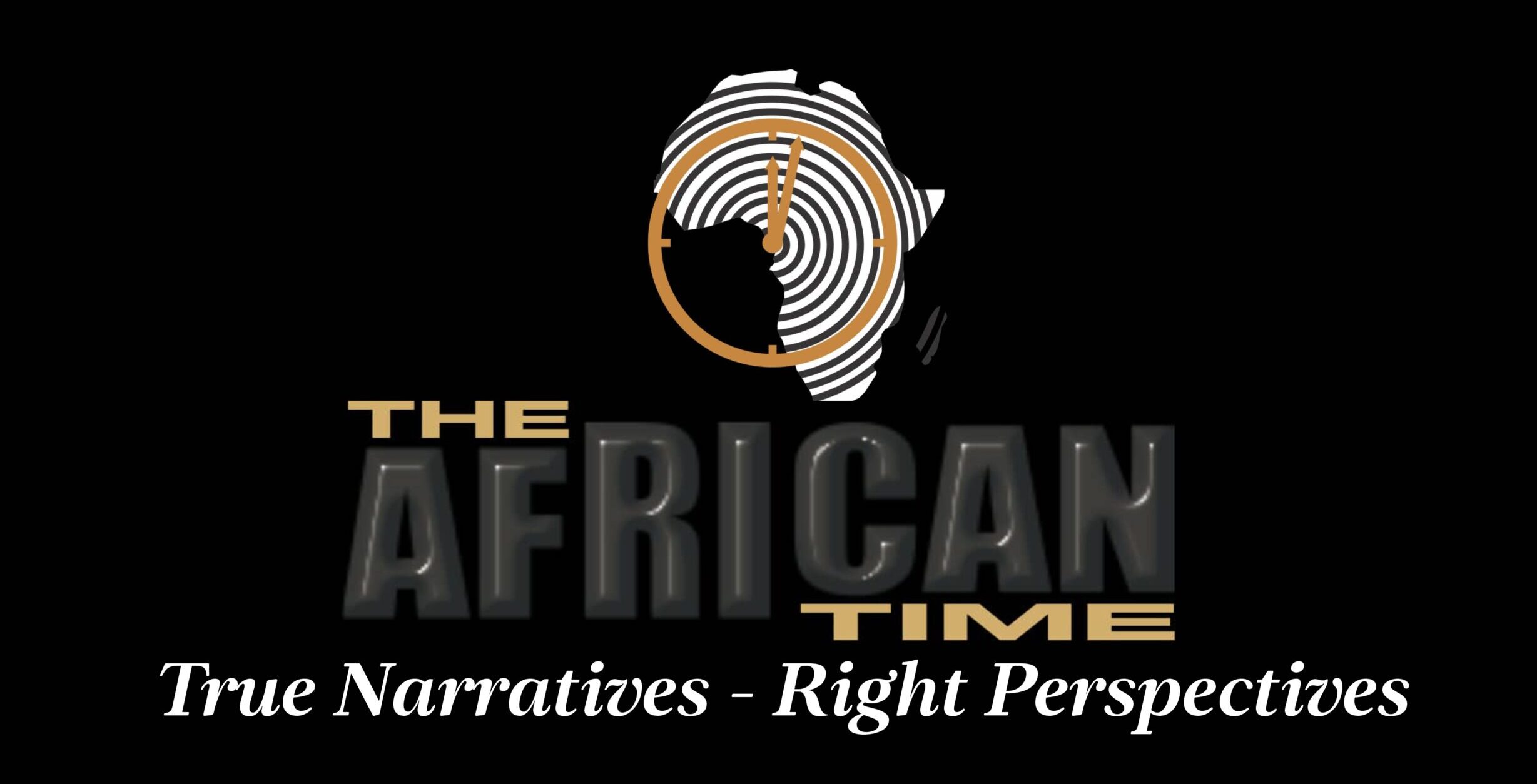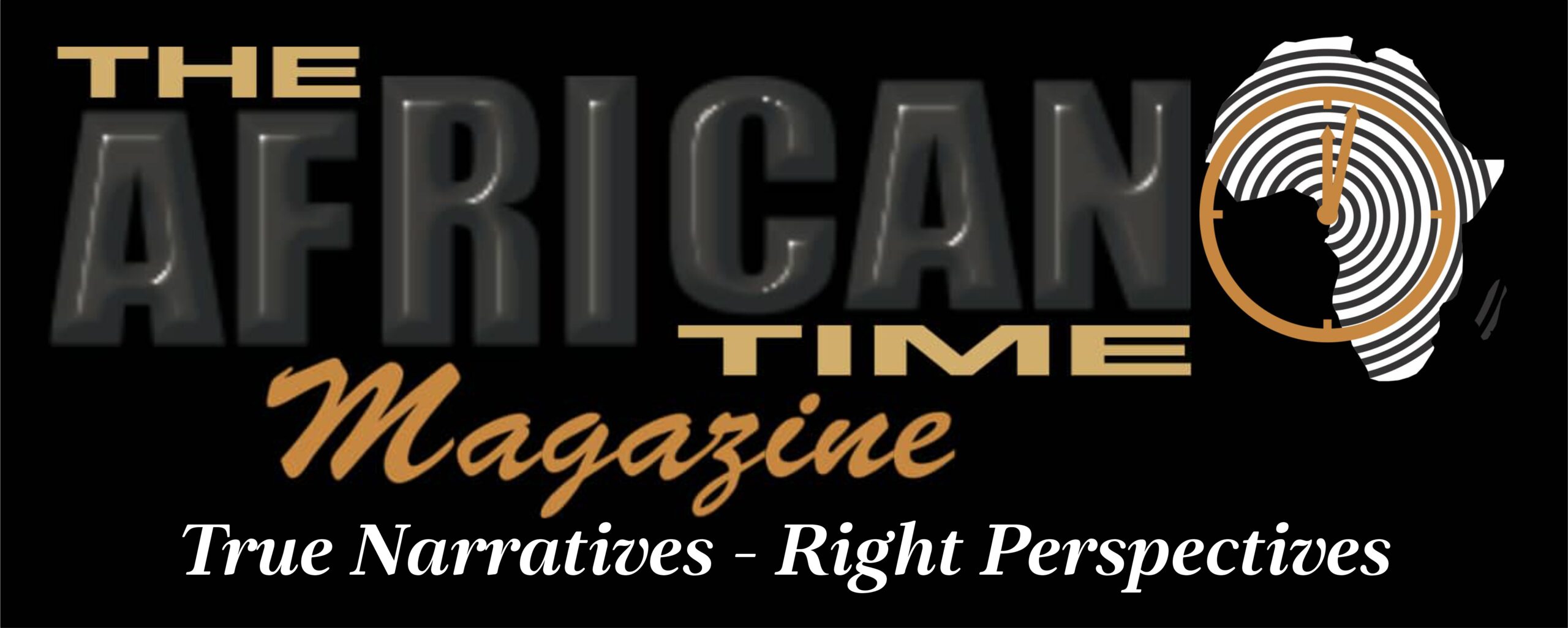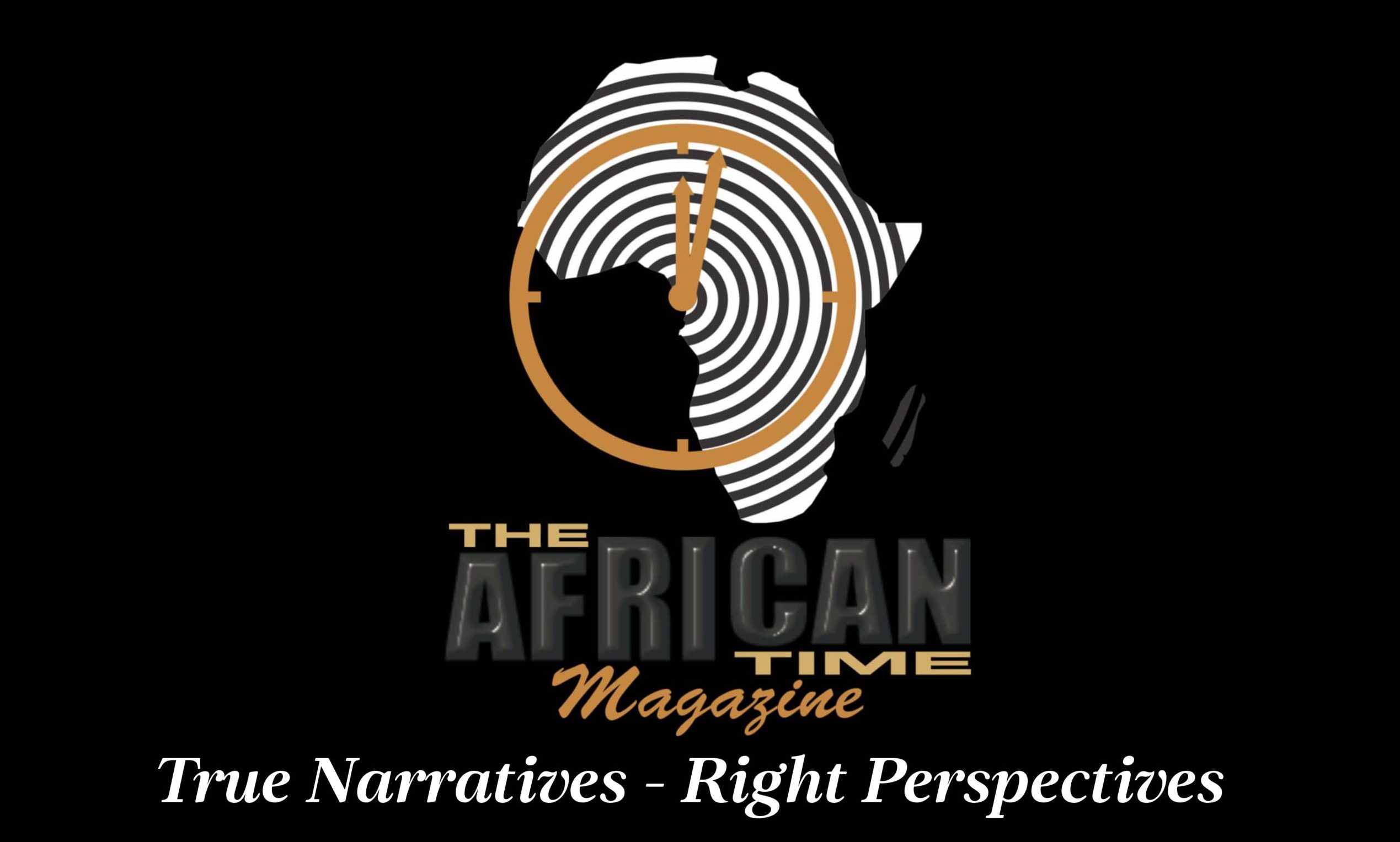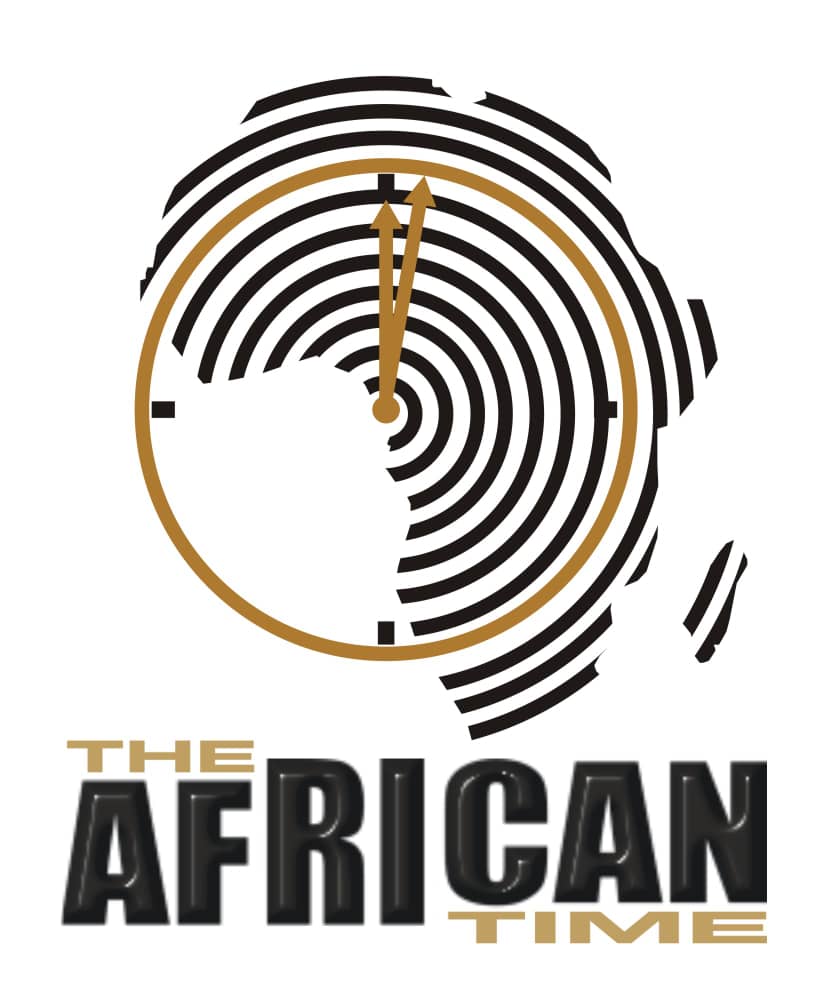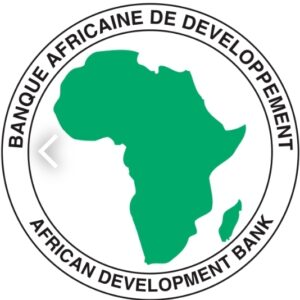
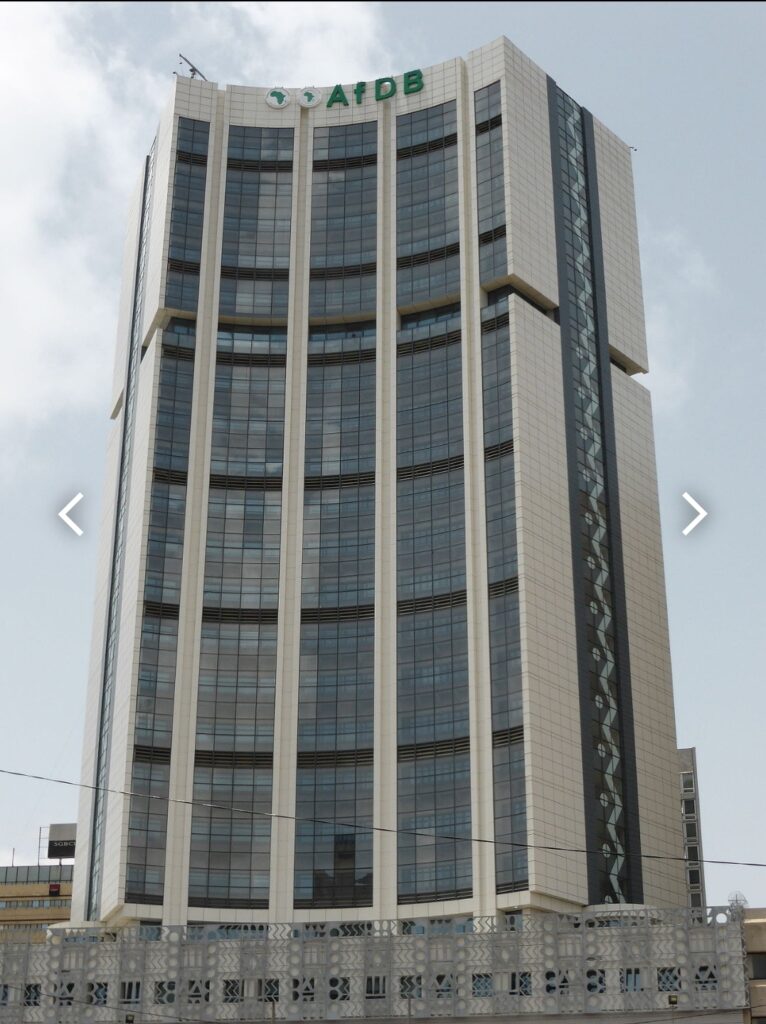
ESTABLISHMENT AND ORGANIZATION
The African Development Bank (AFDB) was founded following an agreement that the Member States signed on August 14, 1963, in Khartoum, Sudan. The agreement became effective on September 10, 1964. By Charter Amendment, the AFDB expanded its membership to include nonregional countries in 1982. The admission of nonregional member countries more than doubled AFDB Capital Resources.
https://www.afdb.org/en/about-corporate-information-history/afdb-group-first-50-years
The African Development Bank (AFDB) Group is a Regional Multilateral Development Finance Institution. It was established to help the institution’s regional member countries, all of which are African countries, develop economically and to promote their social progress. With its Headquarters officially in Abidjan, Côte d’Ivoire, the AFDB is the premier development finance institution on the continent of Africa.
https://www.afdb.org/en/about/mission-strategy

The AFDB comprises three entities: a development bank, a Development Fund, and a Trust Fund. AFDB membership totals 81 countries: 54 regional (African) and 27 nonregional countries. The United Arab Emirates is a contributor to the African Development Fund (ADF), but is not a nonregional member country.
https://www.afdb.org/en/about-us/corporate-information/members
AFDB has posted 11 Organograms (i.e., organizational charts) in Portable Document Format (PDF) for viewing and downloading.
https://www.afdb.org/en/about-us/organisational-structure
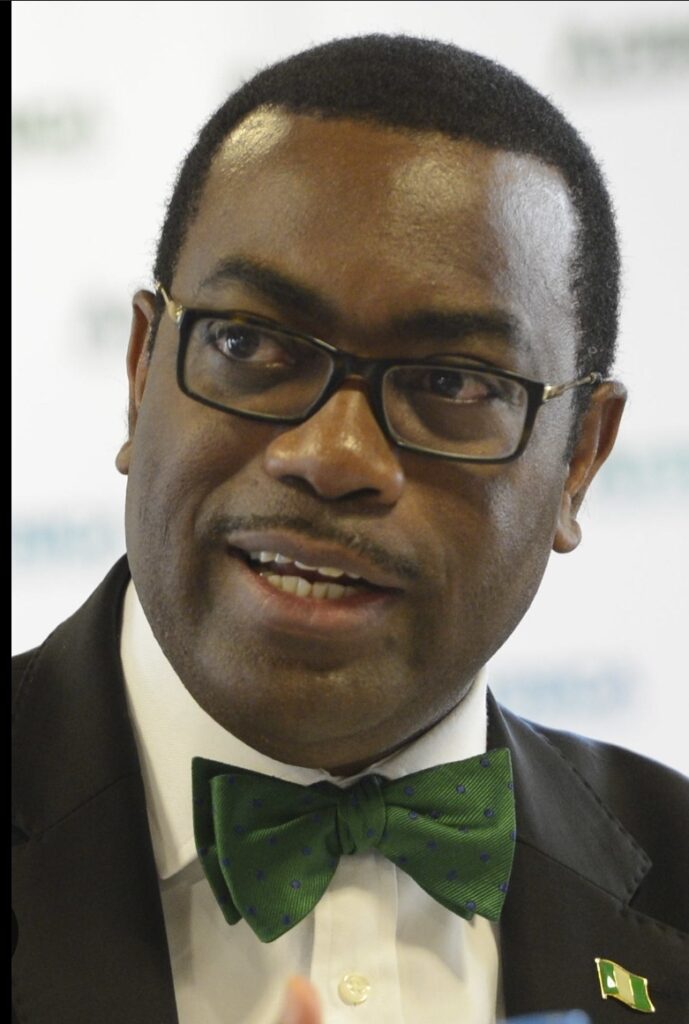
ACTIVITIES
The AFDB’s mandate centers on the economic development and social progress of its regional members. Development banks promote the investment of public and private capital in projects and programs that are likely to contribute to the economic development of their stakeholders. Development banks finance projects that are run either by the government or the private sector. The AFDB is one of the world’s five major multilateral development banks that provides assistance to its regional member countries to help them achieve their development goals.
https://www.afdb.org/en/about/corporate-information/african-development-bank-afdb
The ADF complements AFDB operations by providing concessional financing for high-priority development projects. Contributing countries provide the ADF with resources to improve economic and social conditions in beneficiary countries. These beneficiaries include countries that are increasing in economic capacity and en route to becoming the new emerging markets or that are regarded as fragile states and require special assistance for basics levels of service delivery.
https://www.afdb.org/en/about-us/corporate-information/african-development-fund-adf
The Nigeria Trust Fund (NTF) is a self-sustaining and revolving fund. It assists the development efforts of the AFDB’s low-income regional member countries whose economic and social conditions and prospects require concessional financing.
https://www.afdb.org/en/about-us/corporate-information/nigeria-trust-fund-ntf
SOURCES OF INFORMATION
Business Opportunities
The General Services and Procurement Department administrates the AFDB’s internal procurement.
https://www.afdb.org/en/about-us/corporate-procurement
Career Opportunities
Grade and salary data and information on current job vacancies are available online.
http://www.afdb.org/en/about-us/careers
Climate Change
The AFDB promotes building greater capacity for African countries to address climate change risks. The AFDB finances investments that are “climate-proof,” meaning that these investments are designed, installed, implemented, and managed to reduce to a minimal level global warming’s adverse effects, while maintaining the most cost-effective ratio as possible.
https://www.afdb.org/en/topics-and-sectors/sectors/climate-change
Contact Information
The AFDB maintains some operations in Abidjan, Côte d’Ivoire, and some functions in Tunis, Tunisia. Addresses and phone numbers are available on the AFDB group’s website, on the “Contact Us” page.
https://www.afdb.org/en/about/contact-us
Documents
The AFDB posts documents on its website.
https://www.afdb.org/en/all-documents
Evolution of an African Institution
In the 1960s, a group of African leaders designed a new institution to be 100 percent African. These leaders were expressing a strong and spreading desire for Africans to be in charge of their own destiny. To learn more about the institution that they eventually established and its growth over time, visit the “Bank Group’s Evolution” web page.
https://www.afdb.org/en/about-corporate-information-history/bank-groups-evolution
Financial Crisis
The AFDB has knowledge products on the youth unemployment crisis in Africa and on systemic banking crises in low income countries
